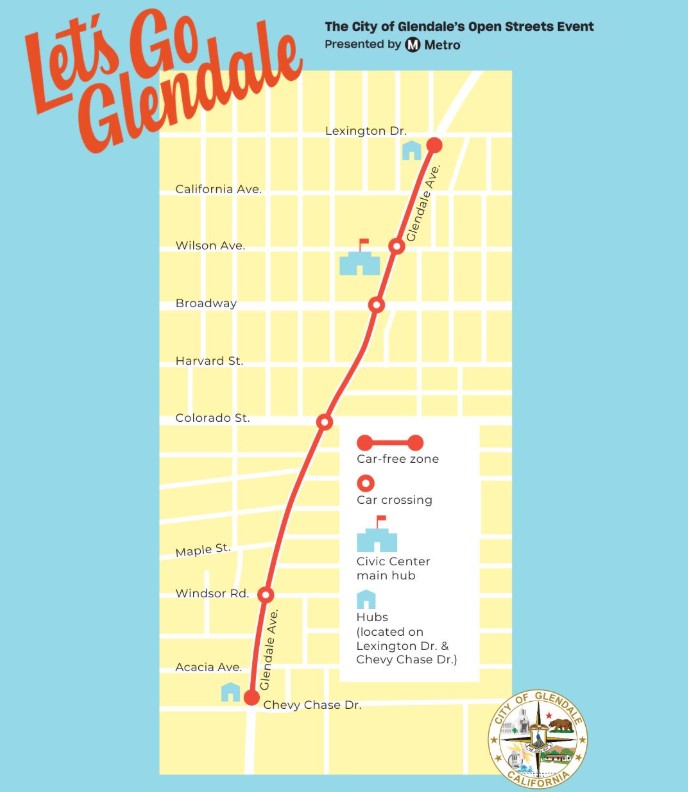Last week I mentioned I was about to take Amtrak from DC to New York. Well, it cost over $200 (and there was nothing particularly "high speed" about that rail experience).
Next time, I might take the bus instead. For all the attention given to the potential expansion of high-speed rail, there's also been a concurrent but not-so-glamorous development: the rise of intercity bus travel.

Today Greyhound, in their neverending quest to beat first the Chinatown bus lines and then the deluxe Bolt/Mega/DC2NY service, announced that they will step up their service. In a campaign they're calling Uncommon Transport, they're lowering fares and dressing up their buses with Wi-Fi, power outlets, and more legroom. All that for just ten bucks between Philly and New York. And next time I head up to meet with my comrades at Streetsblog NYC, I can spend just $30 round-trip if I book it online.
These services have fostered a new era of growth for intercity bus travel. Back when gas prices were skyrocketing in 2008, a report from DePaul University [PDF] found that intercity bus service grew 9.8 percent in the previous year, and 8.1 percent the year before that. Meanwhile, air travel and driving were declining.
It's great to see bus companies competing to give better service for lower fares. Intercity travel shouldn't be the privilege of the rich, and a transit option that's noticeably cheaper than driving is good for the environment. The DePaul study authors calculated that the growth of intercity bus travel had reduced CO2 emissions by 36,000 tons.
But here's a question: If high-speed rail ever materializes on the northeast corridor, will it be able to compete with prices this low? If it can, will the bullet trains be affordable only for the wealthiest while the rest of us make the most of what Greyhound and the other bus companies have to offer? Interestingly, the same DePaul study noted that intercity rail service increased at the same time as intercity bus service, though not quite as rapidly. It's definitely not a zero-sum game.
What do you think?






